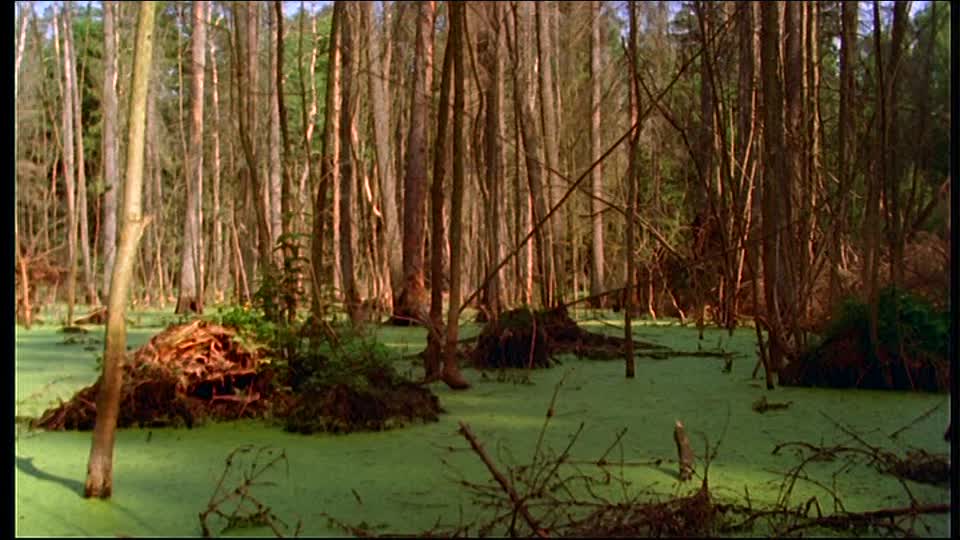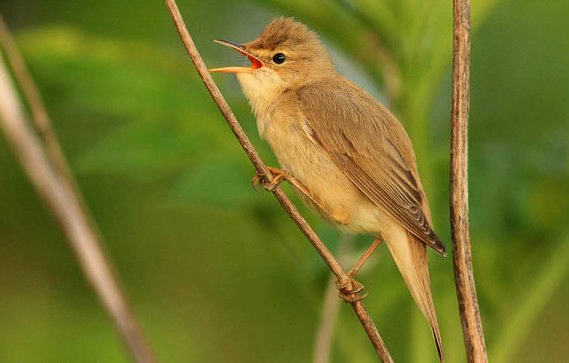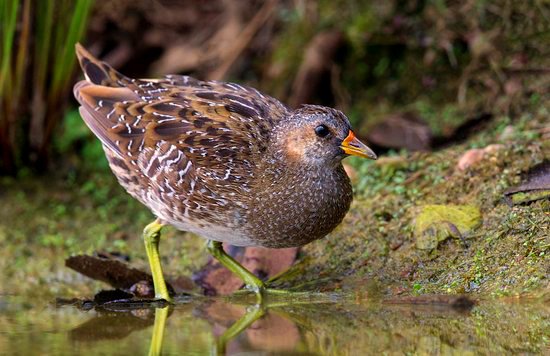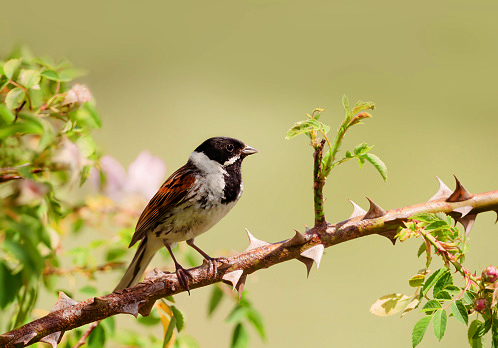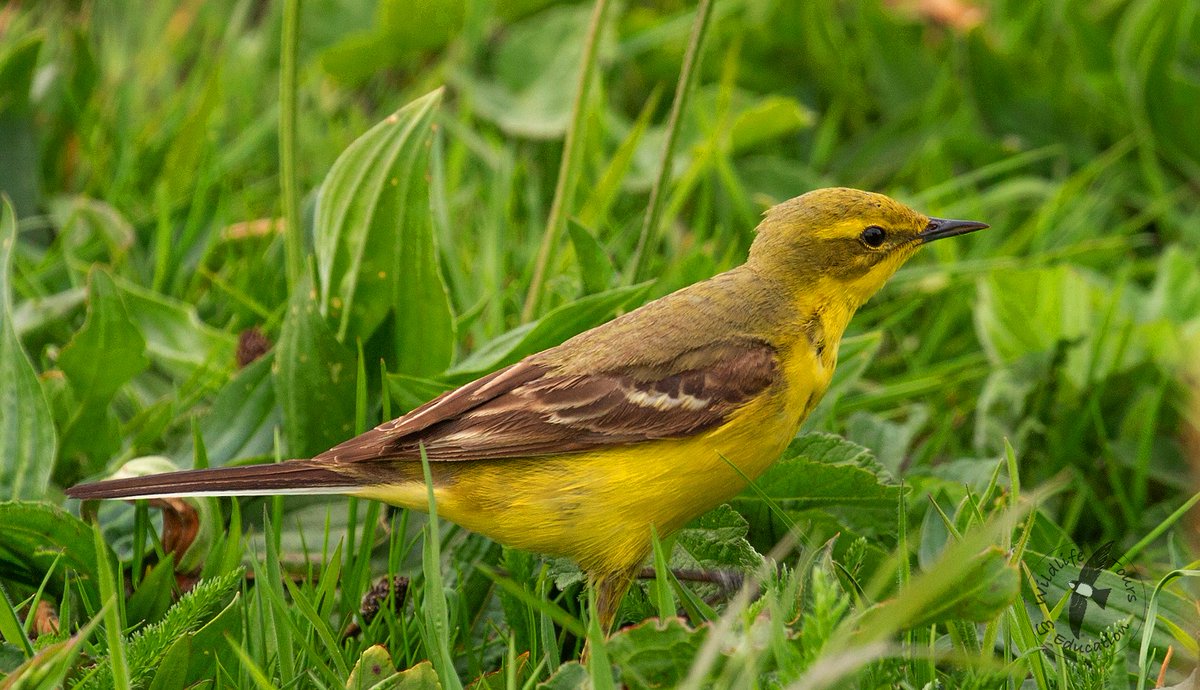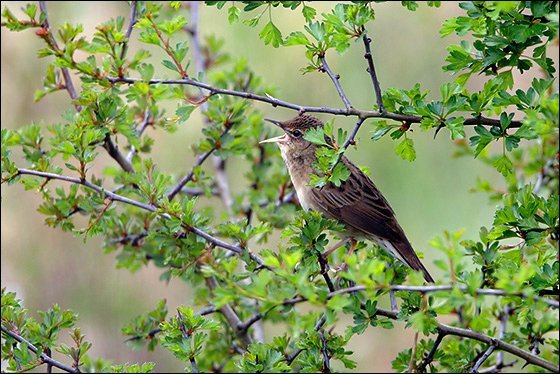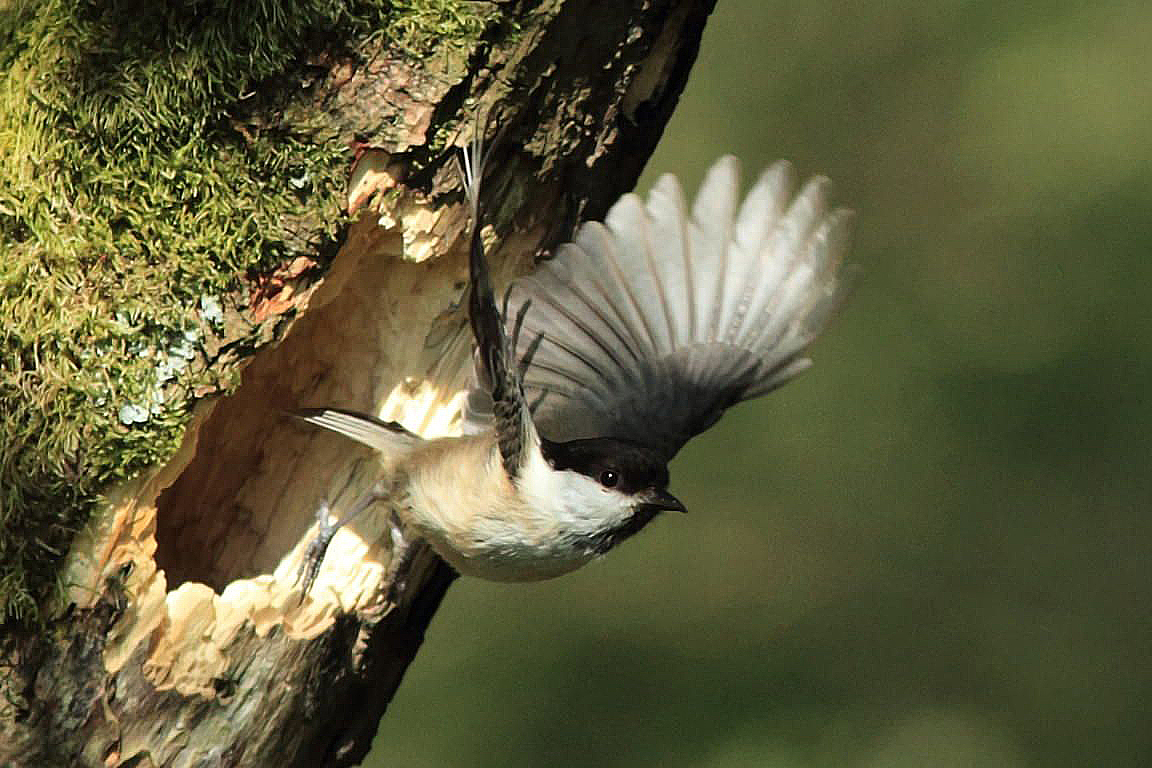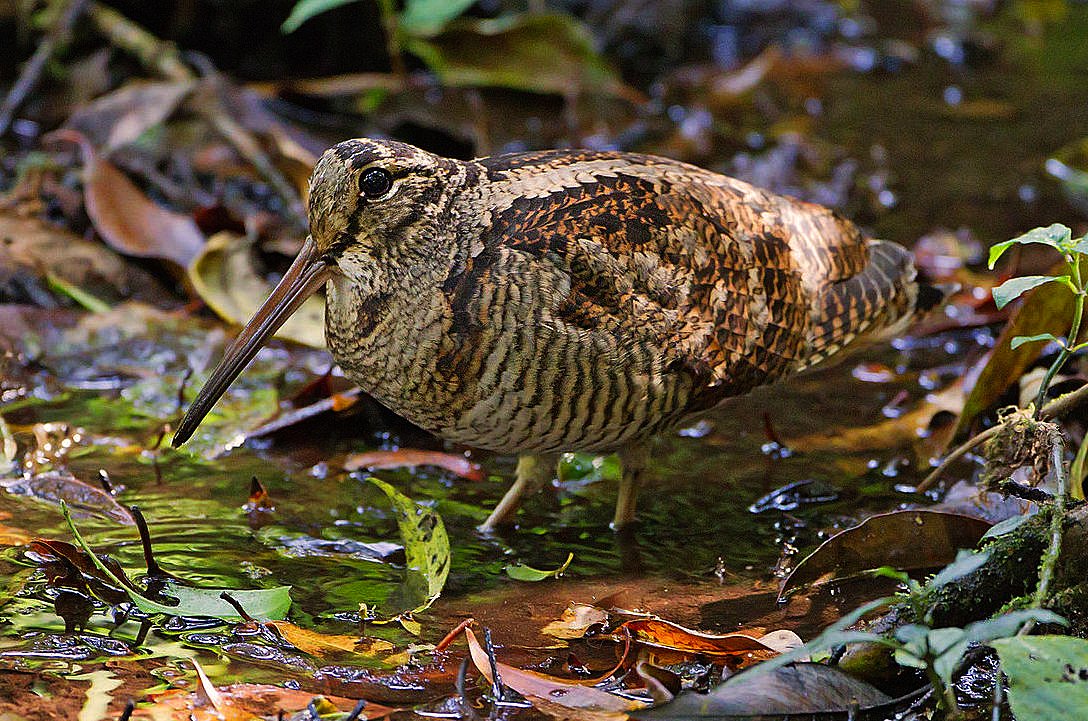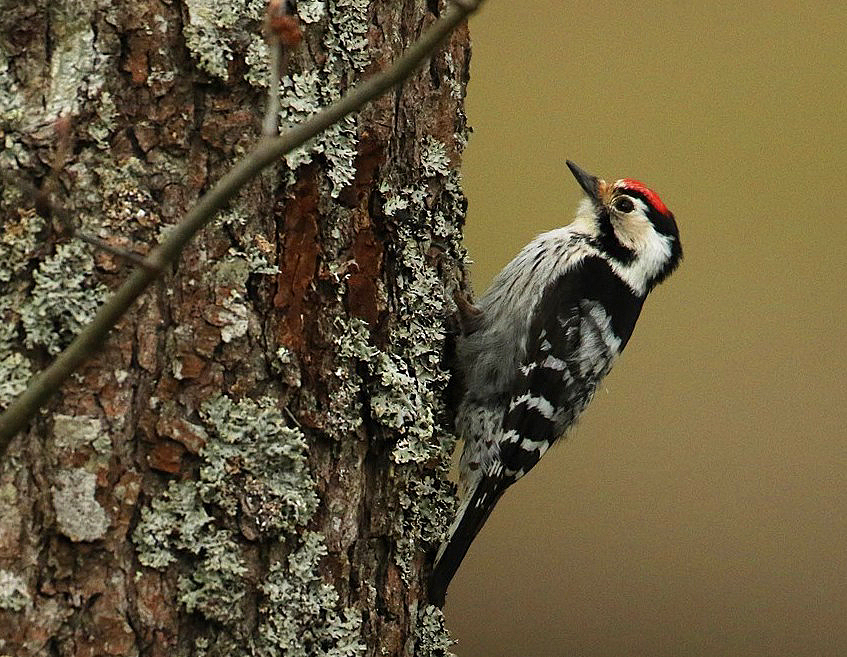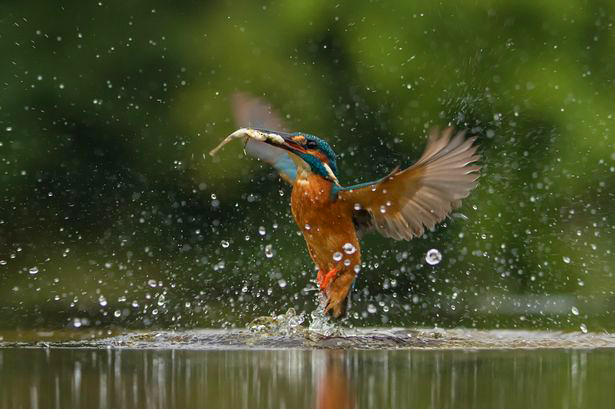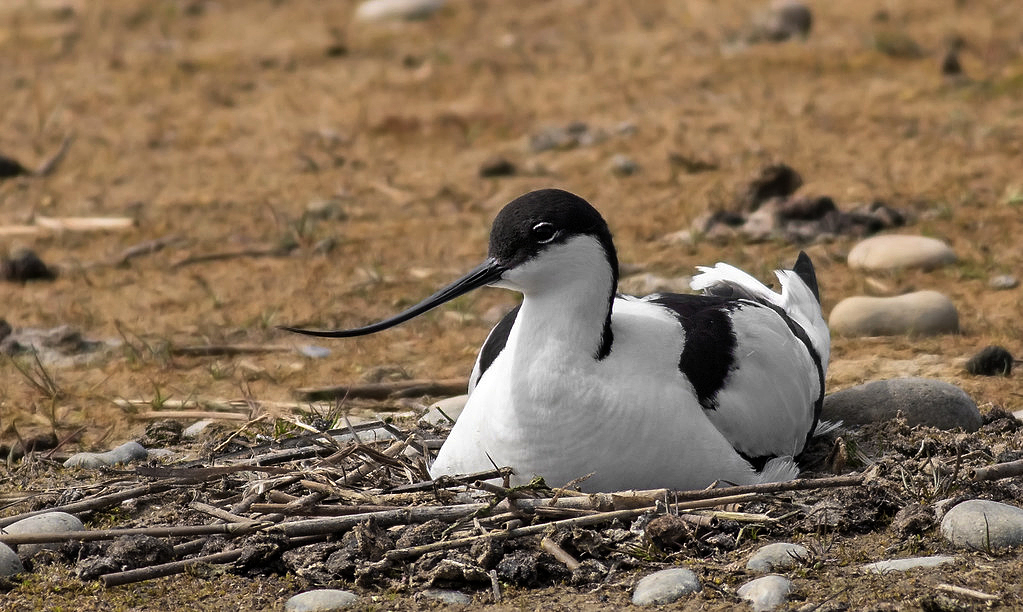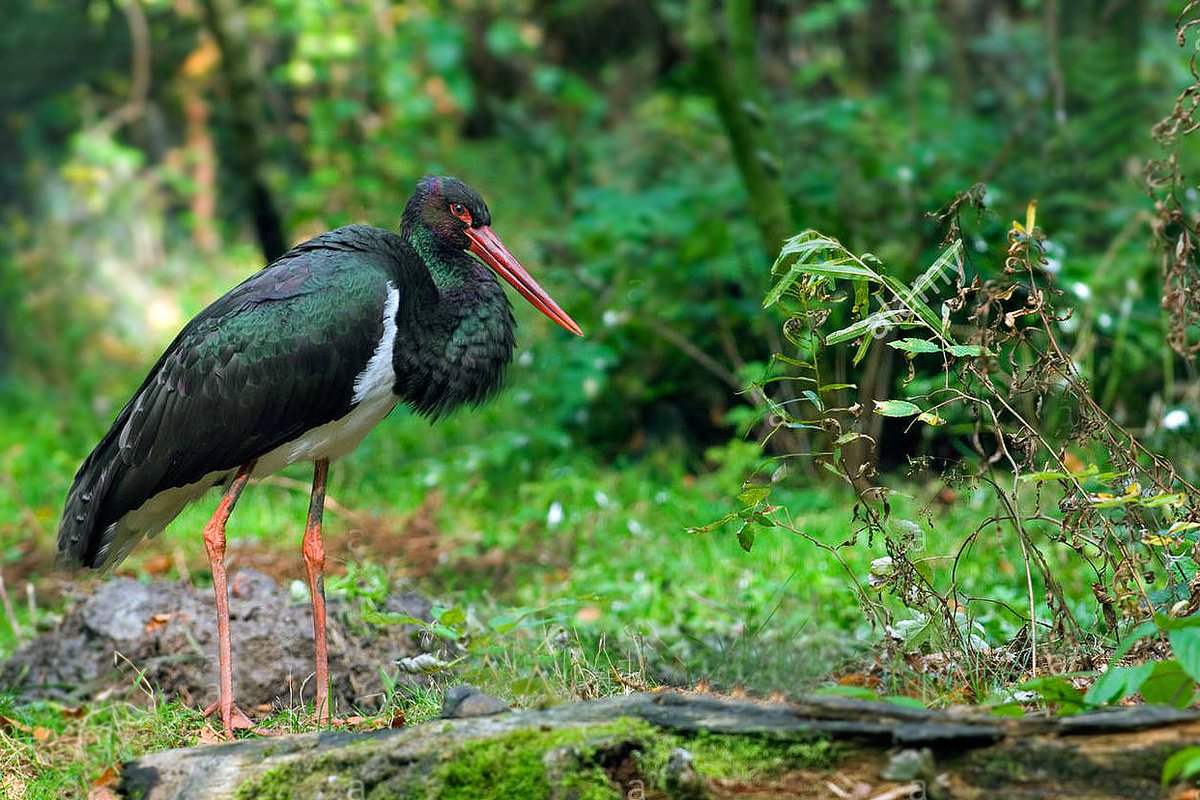1. Should beavers move to The Lodge & help run the RSPB? Perhaps not – but they can help our NGOs restore complex habitats, beloved by a range of vanishing birds. Birds that, so far, conventional conservation has often failed to restore. Welcome to a thread about BEAVER BIRDS.
2. Beaver coppicing creates varied habitats that take great effort for us to recreate. Osier beds, once grown for wicker, were a favoured haunt of Britain’s vanished MARSH WARBLERS. These master mimics remain common in the willow-nibbled scrub-lands of Poland’s beaverish rivers.
3. Fenland species, now rare or largely vanished as breeding birds, like the cryptic SPOTTED CRAKE, nest mainly in sedge-beds and fens that are soggy but not prone to sudden floods. The trapped backlog of shallow, still water, behind larger beaver dams, maintains such conditions.
4. The fast-declining REED BUNTING is a perfect example of a stream-side beaver bird. Singing from herbaceous bushes amid reeds or damp grass, where it sings is not where it feeds. Where it feeds – is not where it nests. Beavers effect its mosaic habitat more readily than us.
5. The delightful beacon of YELLOW WAGTAILS can still be seen bobbing through damp grasslands, in spring, in search of food. As the grasses rise, the wagtails will conceal their nests. Shallow flooded grassland, slowly drying, whilst growing, is another beaverish benefit.
6. The mouse-like GRASSHOPPER WARBLER provides a fishing-reel soundtrack in our successional scrublands. Amongst our fussiest birds, it favours young thorn as it pushes through grassland or reed. Creating such fine-scale habitat is a beaver’s job. And they do it time and again.
7. It is often said that without ‘management’, scrub can give way to secondary woodland, and its richness will vanish. Not with beavers. Time and again, beavers ‘reset’ habitats through coppicing; continually providing new scrub & old stumps for scrub-decay loving WILLOW TITS.
8. WOODCOCK, which nest on drier soils but probe for earthworms in damp ones, often in small woodland glades, are beaver beneficiaries as well. As dammed waters slowly sink into the woodland soil, the habitat of this crepuscular, worm-eating, squeaking bat-like bird is born anew.
9. If beavers felled every tree in their territory, entire ecosystems would have collapsed millions of years ago. Instead, a richly-varied wetland forest develops in their wake. Decades later, rotting waterside alders become prime homes for LESSER-SPOTTED WOODPECKERS.
10. Beavers would give any fisheries manager a run for their money, which is why I& #39;m glad to hear that @AnglingTrust will welcome beavers back with open arms. Beaver ponds are warm at the top, but cool at the bottom, providing diverse spawning grounds – and KINGFISHER havens!
11. Ever wondered where AVOCETS nested before nice conservationists created gravel scrapes in JCB-dug ponds? In Polish rivers like the Bug, these curvaceous critters haunt the shingle banks formed against dams in the middle of rivers: rivers that beavers have bent to their will.

 Read on Twitter
Read on Twitter